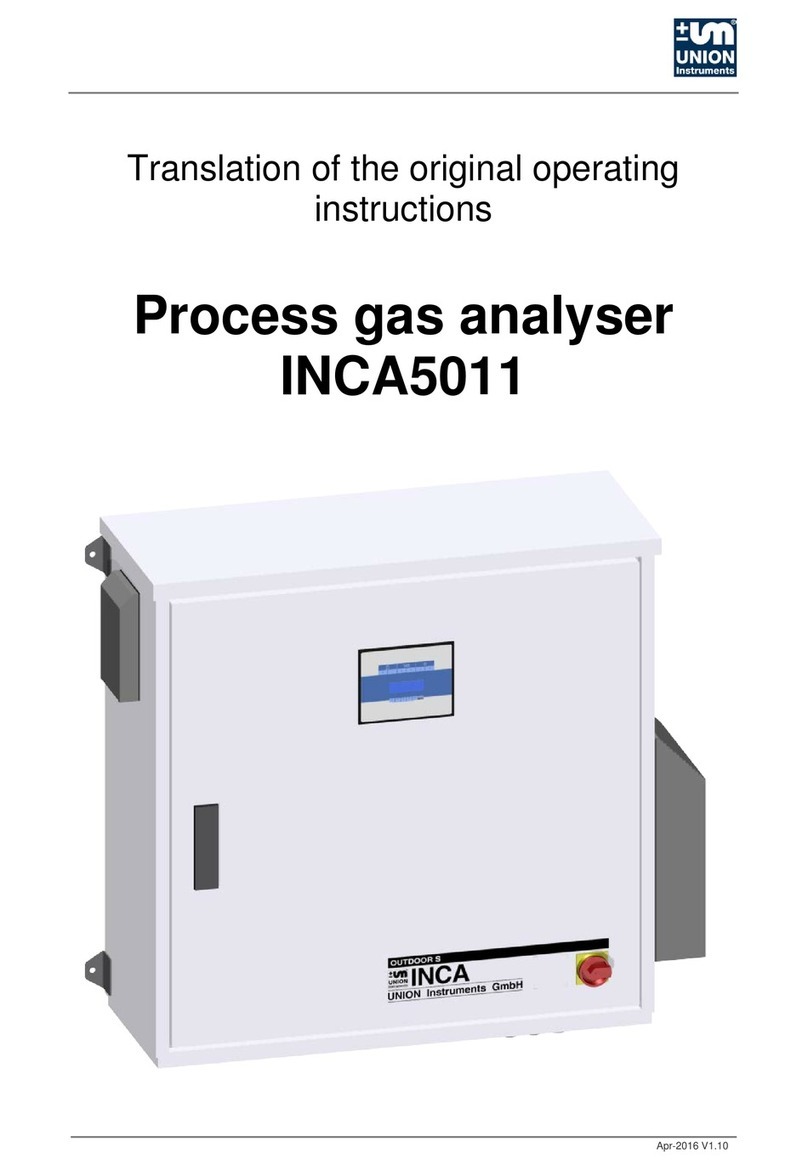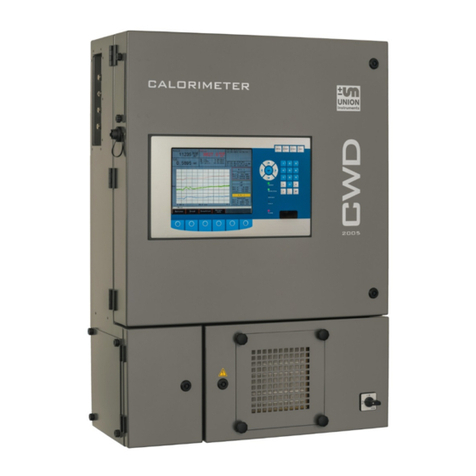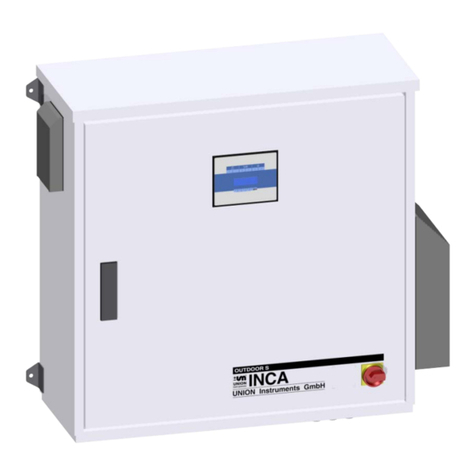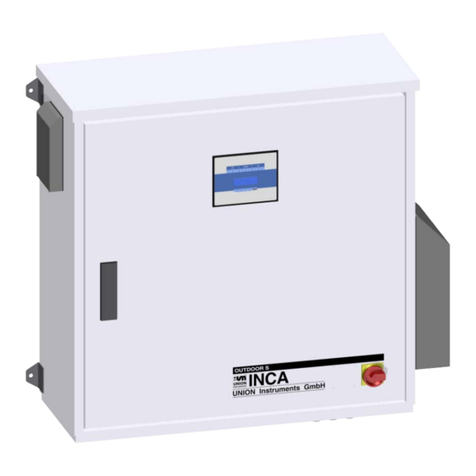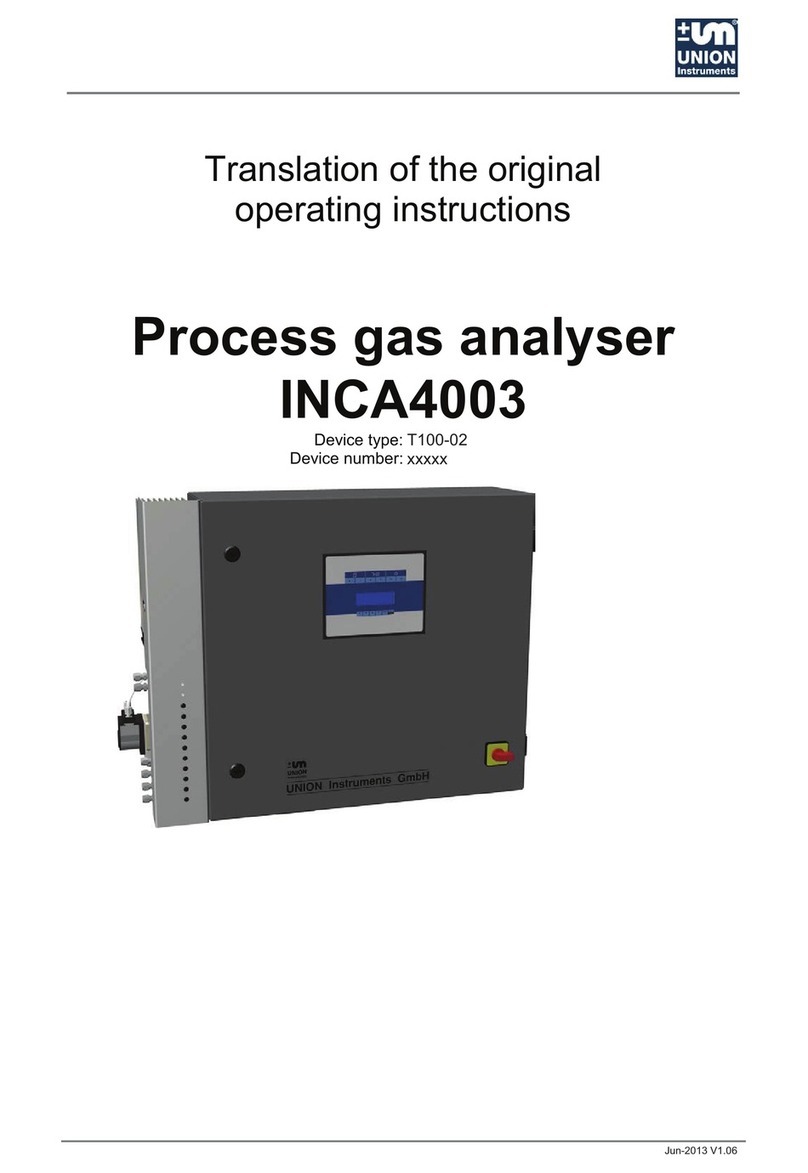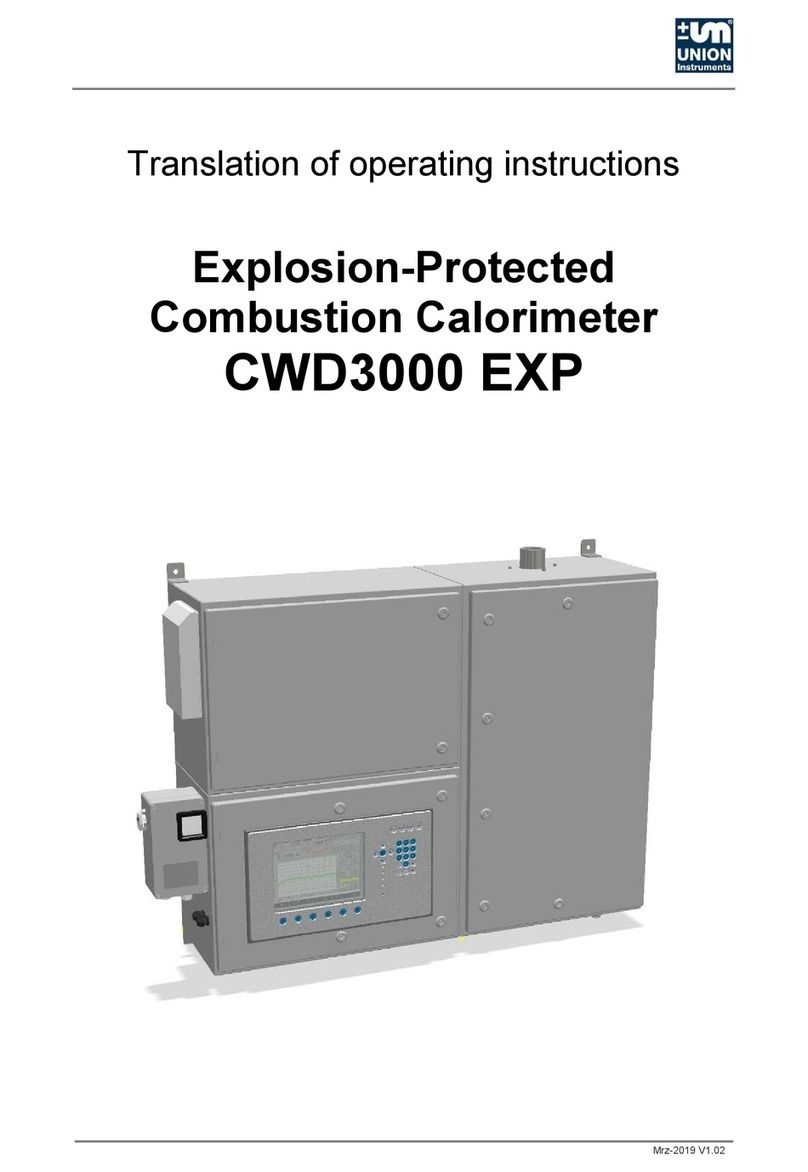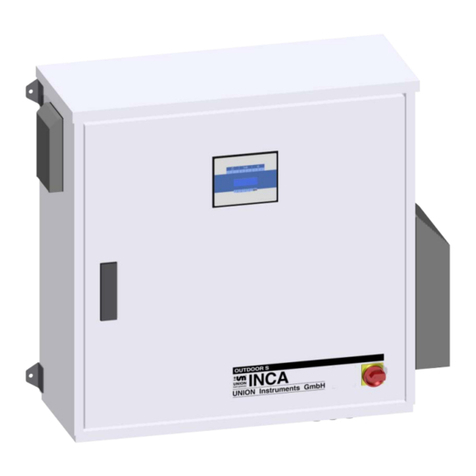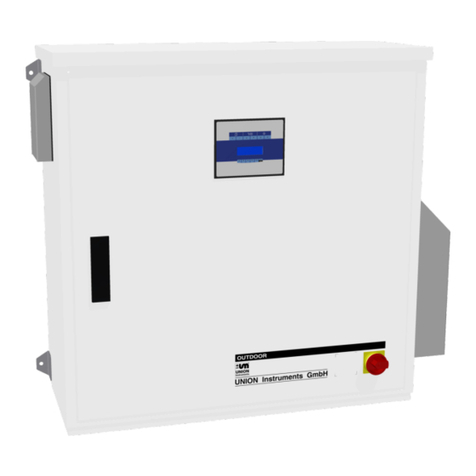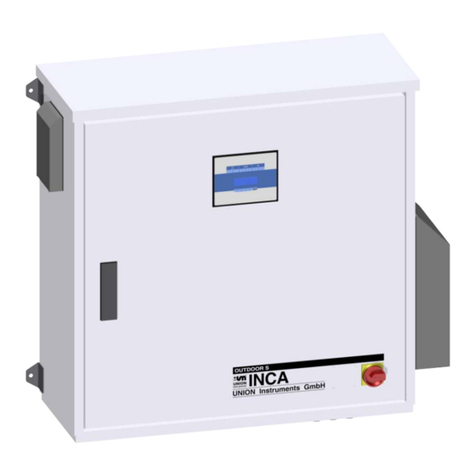
Table of contents
Table of contents
1Technical data ...............................................................................................................5
1.1 Dimensions...................................................................................................................5
1.2 Ex marking according to EC type examination.............................................................. 7
1.3 Device specifications....................................................................................................7
1.4 Interfaces .....................................................................................................................7
1.5 Display times of calorific value measurement0F ...........................................................7
1.6 Calibration gas ............................................................................................................. 7
1.7 Process gas..................................................................................................................7
1.8 Linearity and measuring range .....................................................................................8
1.9 Ambient conditions.......................................................................................................8
1.10 Power supply................................................................................................................8
1.11 Weight..........................................................................................................................8
2EC declaration of conformity...................................................................................... 11
3Safety instructions...................................................................................................... 13
3.1 Warnings and symbols ...............................................................................................13
3.2 Principle, correct use..................................................................................................14
3.3 Personnel and qualifications....................................................................................... 14
3.4 Safety instructions......................................................................................................15
3.4.1 General safety notes................................................................................................ 15
3.4.2 Notes on specific hazards ........................................................................................15
3.5 Operator safety precautions .......................................................................................15
3.5.1 Regular operator training.......................................................................................... 16
3.5.2 Workplace hazard analysis.......................................................................................16
4Safety devices ............................................................................................................. 17
4.1 Ex- enclosure .............................................................................................................17
4.2 Flame arrestor............................................................................................................17
4.3 Purging system...........................................................................................................17
4.4 Cable glands ..............................................................................................................17
4.5 Thermal fuse ..............................................................................................................17
4.6 Solenoid valve............................................................................................................ 18
4.7 Markings and warnings............................................................................................... 19
5Description and connections...................................................................................... 23
5.1 Accessories................................................................................................................ 25
6Transport, installation and acceptance ..................................................................... 26
6.1 Transport.................................................................................................................... 26
6.1.1 Specific Gravity Sensor............................................................................................27
6.1.2 Gas pressure regulator.............................................................................................28
6.1.3 Flue Stack................................................................................................................28
6.2 Ambient conditions..................................................................................................... 29
6.2.1 Storage conditions....................................................................................................29
6.3 Installing and connecting............................................................................................30
6.3.1 Setup site.................................................................................................................30
6.3.2 Ensure extractor hood remains unobstructed so that exhaust gas can flow freely and
heat cannot accumulate. Room ventilation............................................................... 30
6.3.3 Attachment............................................................................................................... 30
6.3.4 Process gas .............................................................................................................31
6.3.5 Calibration gas......................................................................................................... 32
6.3.6 Flue gas................................................................................................................... 33
6.3.7 Opening, closing of cover plate ................................................................................34
6.3.8 Electrical connection ................................................................................................ 34
6.3.9 Groundig of the EX-d box......................................................................................... 35

